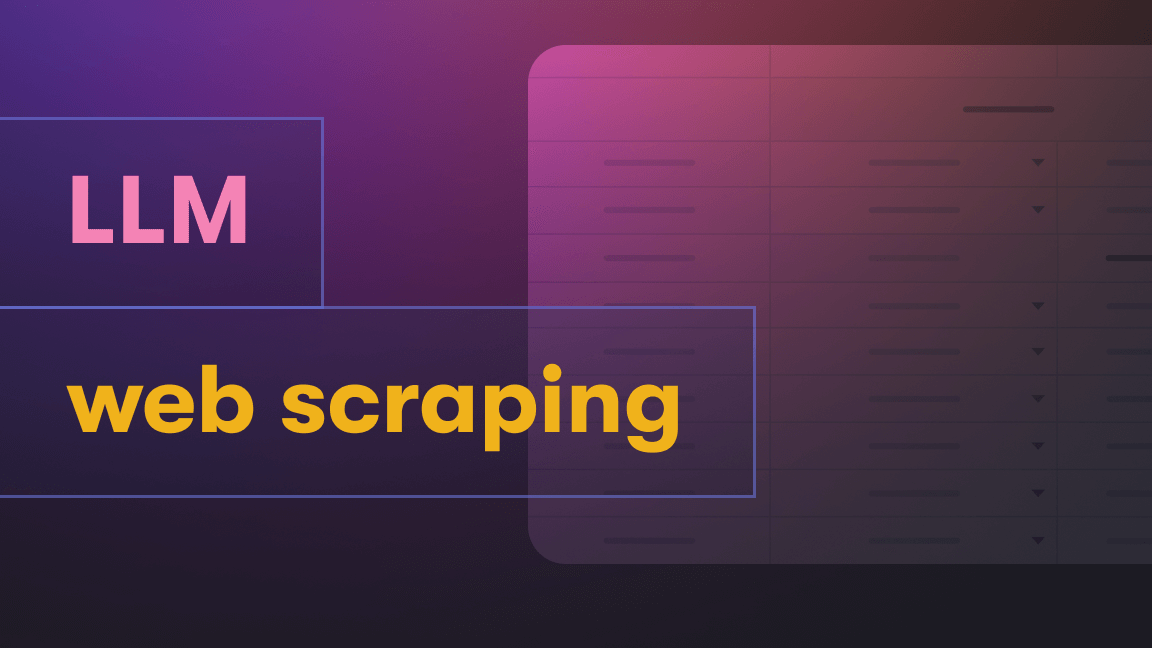Machine Learning Operations. That's what MLOps stands for. It's a set of practices and principles that combines machine learning and software engineering to streamline and automate the end-to-end machine learning lifecycle. The aim of MLOps is to bridge the gap between data science and production deployment. It ensures that machine learning models can be developed, deployed, monitored, and maintained effectively in real-world applications.
Why use MLOps?
Productionizing machine learning isn't easy. The ML lifecycle involves complex processes such as data ingestion and preparation, model training, tuning and monitoring, and a lot more. MLOps is an approach that gives data scientists and ML engineers the ability to increase the pace and efficiency of these processes.
Here are five ways using MLOps can help:
1. Scalability
Provides the necessary infrastructure and processes to handle a large number of models and data efficiently.
2. Reproducibility
Makes it possible for anyone to replicate the results of ML experiments and model deployments for auditing, debugging, and maintaining models over time.
3. Collaboration
Enables cross-functional teams to work together efficiently by promoting collaboration between data scientists, engineers, and other stakeholders involved in the ML lifecycle.
4. Reliability
Ensures that ML models in production are reliable, sturdy, and performant, with monitoring and alerting mechanisms that automatically trigger actions when needed.
5. Compliance
Maintains compliance with data privacy and security regulations by providing audit trails and documentation to demonstrate adherence to legal requirements.
MLOps use cases
Let's go through a few types of models that MLOps can deploy:
1. E-commerce recommendation models
MLOps sees to it that they're constantly updated with fresh data and that recommendations are accurate and personalized.
2. Healthcare predictive models
Models for disease diagnosis or patient risk assessment can be continuously updated with new medical data to maintain their accuracy, thanks to MLOps.
3. Financial fraud detection models
These models need to adapt to evolving fraud patterns, and MLOps ensures they're updated and retrained regularly.
4. Quality control models
These are models that monitor product quality on the production line. MLOps sees to it that any deviation from quality standards triggers alerts and corrective actions.
What are the benefits of MLOps?
Now for three real-world scenarios to demonstrate some of the benefits that MLOps offers:
1. Faster time to market
🦾 How MLOps helps: Automates model deployment, which reduces the time it takes to go from prototype to production.
2. Improved model performance
🦾 How MLOps helps: Continuous monitoring and retraining of models ensure they perform optimally.
3. Cost efficiency
🦾 How MLOps helps: Automatically scales resources based on demand, which reduces infrastructure costs.
How does MLOps work?
1. Data collection and preparation
MLOps starts with collecting vast amounts of data. Real-time data is often extracted from the web using web scraping techniques. When the data is collected, it's cleaned and transformed into a format suitable for model training.
2. Model development, training, and evaluation
The MLOps platform provides version control and collaboration tools for developing ML models and training them on the collected data. By automating the process, MLOps enables distributed training on scalable infrastructure. Performance is then evaluated using metrics and validation sets.
3. Deployment, monitoring, and maintenance
The model is deployed to production environments, including version control and rollback mechanisms. The MLOps platform then continuously monitors performance, detects anomalies, and triggers alerts if models degrade. Automated retraining can be initiated when necessary.
4. Scaling and optimization
MLOps lets you automate the scaling of resources to accommodate increased workloads, which helps to ensure cost efficiency and optimal performance.

Complimenting MLOps feature of scaling resources to accommodate increased workloads, there are also cloud-native cost optimization solutions that can reduce cloud costs by 50% or more, even if teams have been doing a great job optimizing manually.
How to create your own MLOps solution
While there are various tools and platforms available to help you implement MLOps, building a custom solution tailored to your organization's specific needs may be necessary in some cases. So here's an overview of how to create your own MLOps solution:
1. Requirements, team, technology stack
Consider the types of ML models you'll be working with, the scale of operations, and any compliance or security considerations. Also, you can incorporate DORA metrics along with model-specific key performance indicators like accuracy, training time, and deployment success rate, to measure the effectiveness of the MLOps process.
Your team should include experts in the domains of data science, machine learning, and DevOps. Effective MLOps requires collaboration across these domains.
Select the technology stack that best aligns with your objectives. Common components of an MLOps stack include GitLab, Docker, Kubernetes, and more.
2. Pipelines, model versioning, deployment
Build streamline data observability, and automate data collection, preprocessing, and transformation.
Implement a system for versioning ML models and tracking their performance. This may involve creating a model registry or using dedicated MLOps platforms.
Containerization and orchestration tools play a critical role in this step, as they ensure that models can be deployed consistently and scaled as needed.
3. Monitoring, compliance, documentation
Implement alerts and automated actions for model degradation or anomalies. Consider integrating AIOps (Artificial Intelligence for IT Operations) tools for proactive issue detection.
Implement access controls, auditing, and logging to ensure compliance with data privacy and security regulations.
Maintain thorough documentation for your MLOps processes and configurations. Encourage knowledge sharing among team members to ensure everyone is aware of best practices and changes.
4. Improvement, testing, scaling
Regularly review and refine your MLOps processes. Use feedback and performance metrics to identify areas for improvement.
Implement a rigorous testing and validation process for your MLOps pipeline. This includes unit testing for code, model validation, and integration testing to ensure everything works consistently.
Design your MLOps solution to handle scalability and resource management efficiently. Use cloud services or on-premises infrastructure as needed to accommodate increased workloads.
But where to begin?
As we mentioned earlier, MLOps solutions always begin with data collection. If you need a web scraping platform to extract web data for MLOps, Apify provides the tools and infrastructure you need to harvest data from any website at scale.








